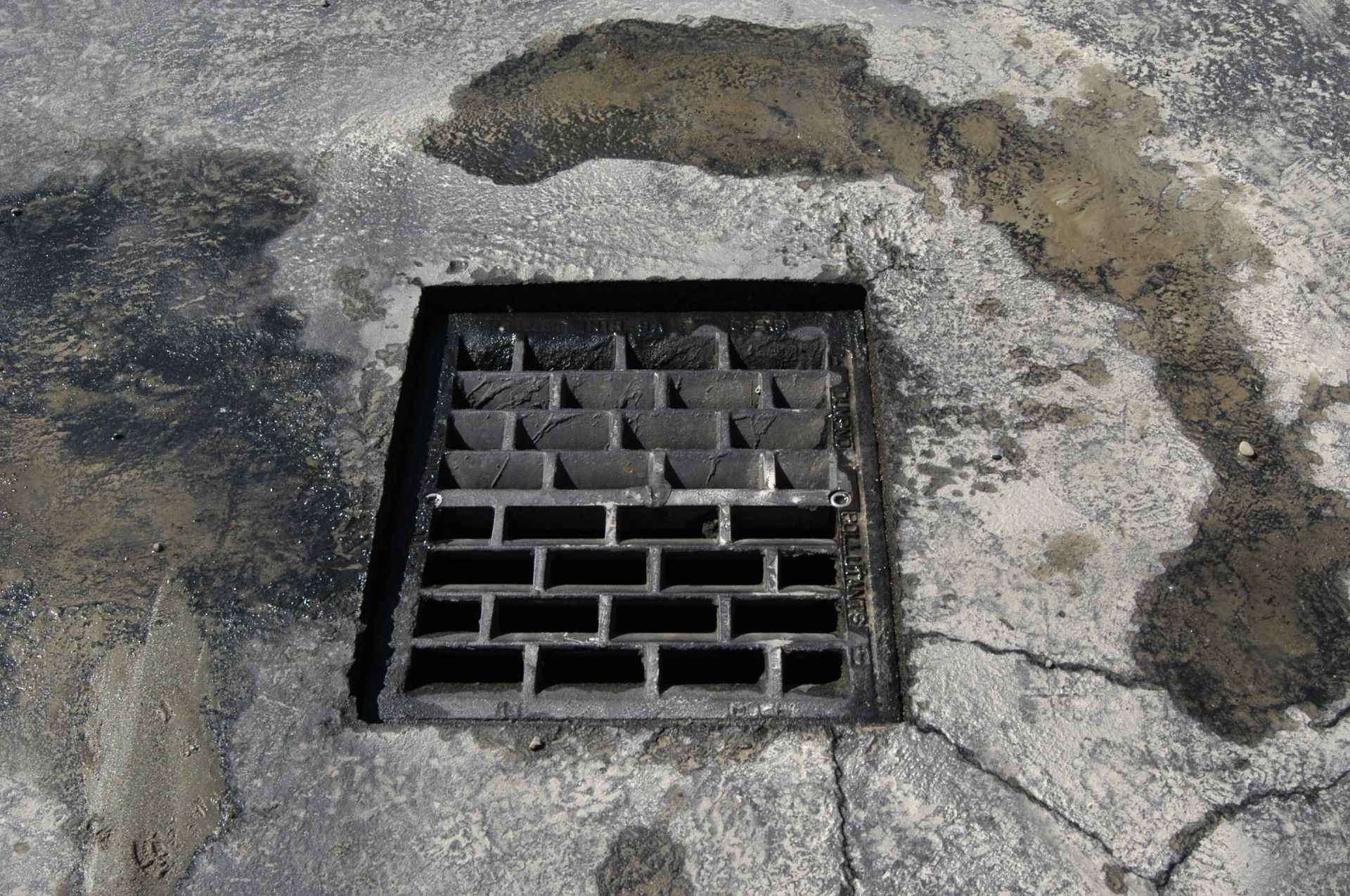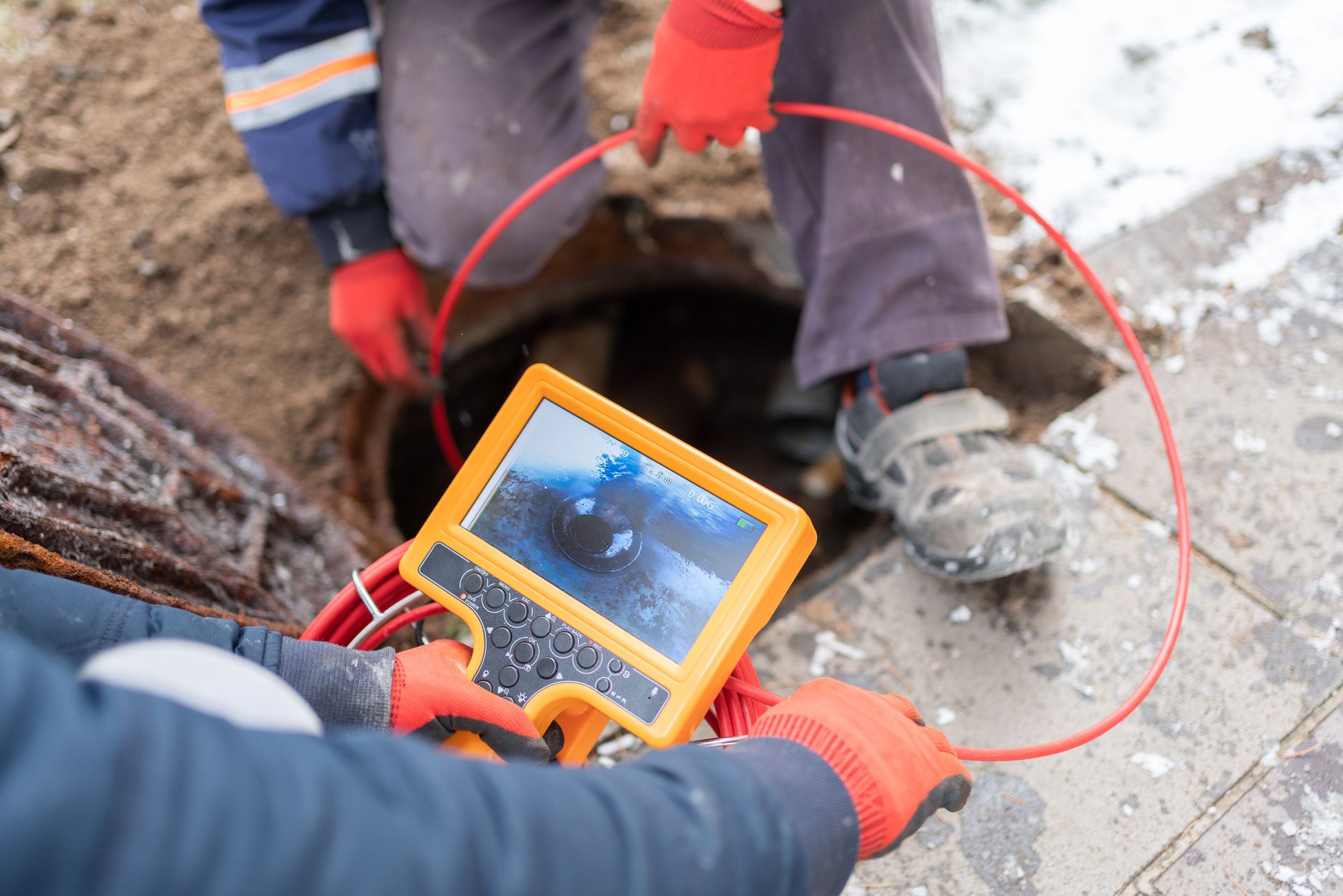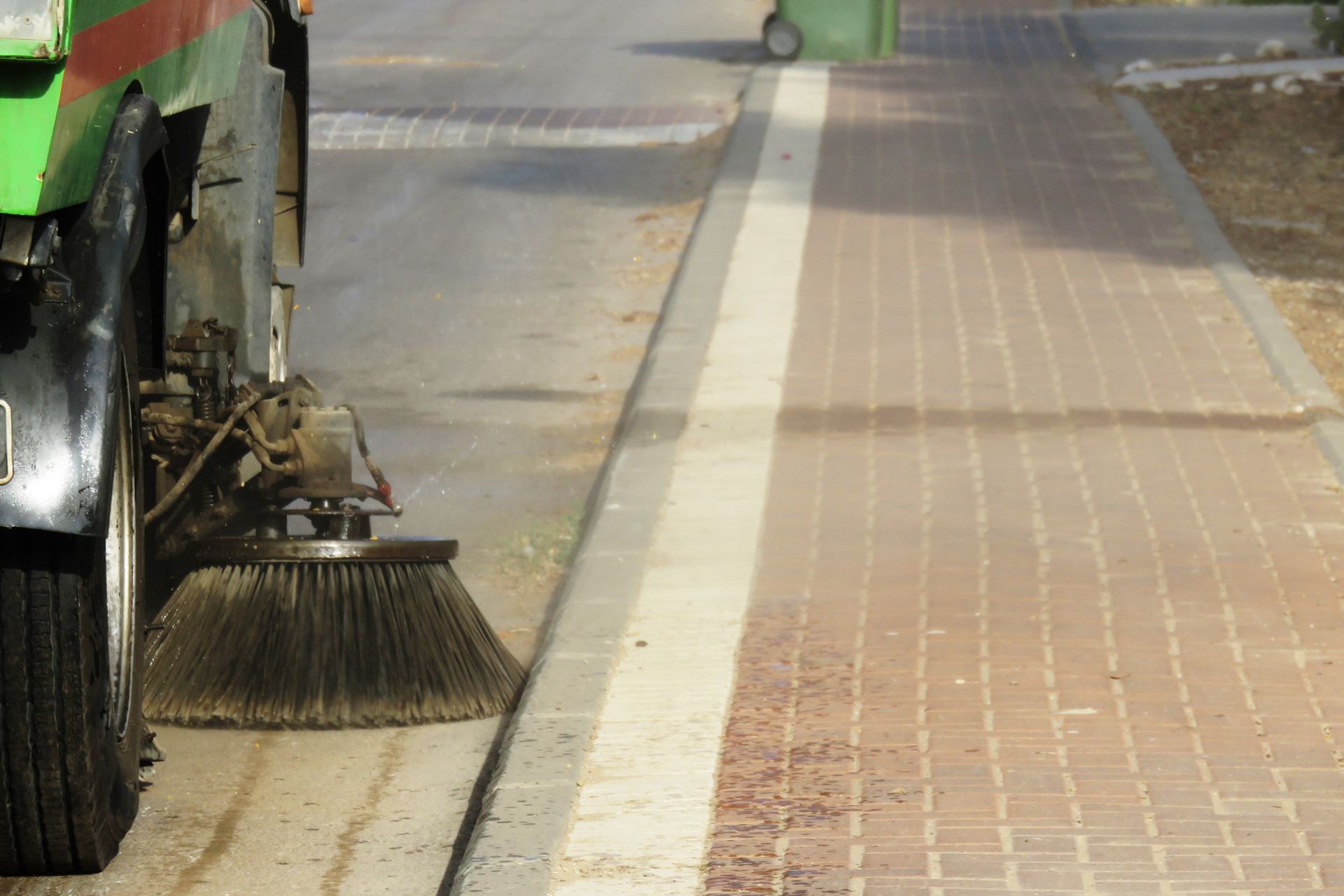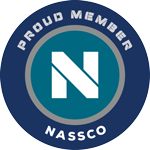By Dawn Sherwin
•
September 30, 2024
Every property owner, manager, and city planner must consider one crucial aspect of urban infrastructure—catch basins. Despite their inconspicuous presence, catch basins play a vital role in maintaining the health and functionality of our environments. But what exactly is a catch basin, and why is it so important to keep it clean? In this comprehensive guide, we'll explore the significance of catch basins, the reasons for their maintenance, and practical tips for ensuring they remain effective. Read on to discover how proper catch basin care can benefit you and your community. Understanding Catch Basins What is a Catch Basin? A catch basin is an underground structure designed to collect and divert stormwater runoff. Typically, you’ll find them situated at low points in parking lots, streets, and other paved surfaces where water tends to accumulate. They consist of a grate over an inlet that leads to a sump, which traps debris and sediment while allowing water to flow into the storm sewer system. The Role of Catch Basins in Urban Infrastructure Catch basins are essential components of stormwater management systems. They prevent flooding by capturing excess rainwater and directing it away from roads and properties. By intercepting debris and pollutants, they also help to protect the water quality in local rivers, lakes, and streams. Common Types of Catch Basins While the basic function of catch basins remains consistent, there are different types designed to meet specific needs. Some common types include curb inlets, grate inlets, and combination inlets. Each type serves a unique purpose, whether it's handling heavy traffic areas or providing additional filtration. Why Should a Catch Basin Be Cleaned Out? Preventing Flooding and Water Damage One of the primary reasons to clean catch basins is to prevent flooding. When catch basins become clogged with debris, they can't effectively capture and divert stormwater. This can lead to water pooling on roads and properties, causing significant damage, especially during heavy rain events. Protecting Water Quality Catch basins trap debris, sediment, and pollutants before they enter the storm sewer system. However, if they're not cleaned regularly, these contaminants can overflow and reach local water bodies. Regular maintenance ensures that catch basins continue to play their role in protecting water quality, thereby supporting the health of aquatic ecosystems. Extending the Lifespan of Stormwater Systems Regular cleaning of catch basins can extend the lifespan of the entire stormwater management system. By preventing clogs and blockages, you reduce the risk of damage to pipes and other infrastructure components. This proactive approach can save municipalities and property owners significant costs associated with repairs and replacements. Signs That a Catch Basin Needs Cleaning Visible Debris Accumulation If you notice leaves, trash, and other debris accumulating around the grate of a catch basin, it's a clear sign that it needs cleaning. This visible buildup indicates that the sump is likely full and unable to collect more debris. Slow Drainage or Standing Water Another sign that a catch basin requires attention is slow drainage or standing water near the inlet. This suggests that the basin is clogged and unable to efficiently channel water into the storm sewer system. Unpleasant Odors Foul smells emanating from a catch basin can indicate the presence of trapped organic material or pollutants. These odors are not only unpleasant but can also be a sign of potential health hazards. Steps for Cleaning a Catch Basin Safety Precautions Before starting the cleaning process, it's crucial to take safety precautions. Wear protective gear, including gloves, safety goggles, and a mask. Ensure the area is well-ventilated and free of traffic if the catch basin is located on a road or parking lot. Removing the Grate Begin by removing the grate covering the catch basin. Depending on the design, you may need specialized tools to lift and secure it safely. Be cautious of sharp edges and heavy components. Clearing Debris and Sediment Using a shovel or a vacuum truck, remove the accumulated debris and sediment from the sump. Ensure that all material is properly disposed of according to local regulations. Consider using a high-pressure water jet to clean the interior walls of the basin thoroughly. The Frequency of Catch Basin Maintenance Seasonal Considerations Catch basins should ideally be cleaned at least twice a year—once in the spring and once in the fall. Spring cleaning removes debris accumulated over the winter, while fall maintenance prepares the catch basin for heavy leaf fall and rains. High-Risk Areas Areas prone to heavy rainfall, flooding, or significant pedestrian and vehicle traffic may require more frequent maintenance. Regular inspections can help identify catch basins that need additional attention. Developing a Maintenance Schedule Establishing a maintenance schedule ensures that catch basins are cleaned consistently. Work with local authorities or property management teams to create a timetable that accommodates seasonal needs and high-risk areas. Dambro Environmental’s team will be more than happy to set you up on a maintenance schedule for the catch basins you are responsible for. Environmental and Economic Benefits Reducing Pollution Regular catch basin maintenance minimizes the amount of pollutants entering the stormwater system and, subsequently, local water bodies. This contributes to cleaner rivers, lakes, and oceans, benefiting wildlife and human communities alike. Cost Savings in the Long Run Investing in routine catch basin cleaning can save money by preventing costly repairs and infrastructure replacements. Addressing issues proactively reduces the likelihood of severe damage that requires extensive and expensive fixes. Enhancing Property Values Well-maintained infrastructure reflects positively on property values. Clean and functional catch basins contribute to a well-kept environment, making properties more attractive to potential buyers and tenants. Maintaining clean catch basins is not just about preventing floods; it's about preserving water quality, extending infrastructure lifespan, and enhancing community well-being. By understanding the importance of routine catch basin cleaning and implementing effective maintenance strategies, we can ensure a safer and healthier environment for everyone. Ready to take the next step in catch basin maintenance? Call Dambro Environmental today! Together, we can make a significant impact on our communities and the environment. Dambro Environmental Inc 905-838-1169 - Emergencies and Maintenance





